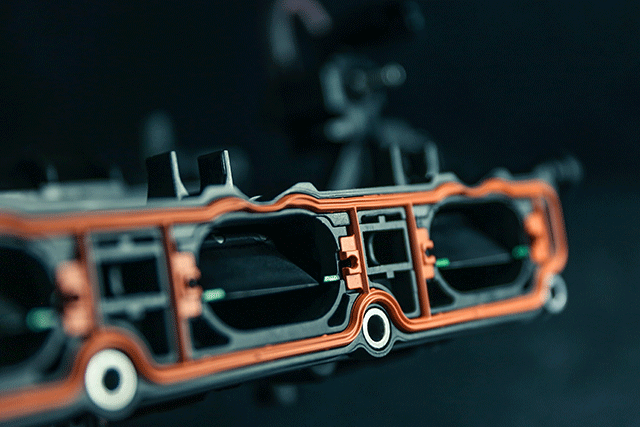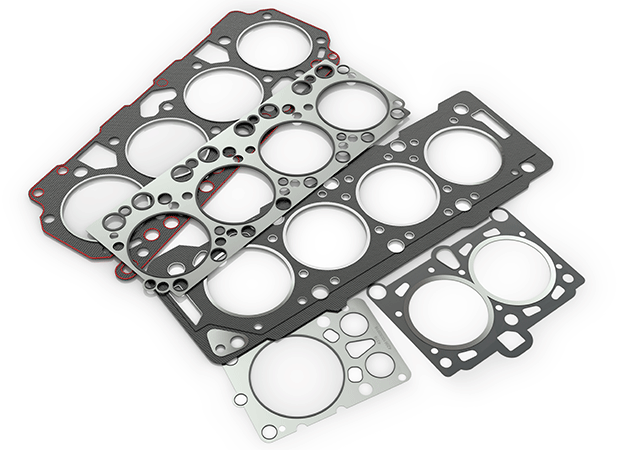When you think of a significant car component, does a gasket come to mind right away? It might not be, but your car’s gasket plays an essential role in the engine’s functionality. These small parts are durable, but they also need maintenance and must be replaced when necessary. This article will explain the role of gaskets and how it works to keep your car in good working condition.
Table of Contents
What are Engine Gaskets and What are Its Roles?
Engine gaskets are essential for the optimal functioning of the engine. They are flat and usually made of metal, rubber, silicone, fiberglass, or plastic polymer. The following are the functions of a gasket:
1. Helps Withstand Pressure
The best gaskets for automotive usage can handle compressive loads at high levels. It prevents the spread of pressure from the head of the cylinder to the gap of the block. Car engines have the mandatory cylinder head at the top and an engine block.
2. Prevents Leaking
They also function as a seal between two different engines. In particular, the head gasket is a shield that prevents the interaction of liquids or gases from mixing inside the engine. It’s located between the engine block and the cylinder head, where the head gasket seals away the internal combustion process required in building compression to maintain engine power. Liquid such as oil or coolant is kept inside the engine to avoid overheating or catching fire in worst-case scenarios.
Manufacturers like the DPF Parts Direct.com understand the importance of gaskets to your car engine as they create durable and sustainable gaskets out of steel in thin layers. They are made lighter like the car’s skeletal frame, as creators of the engine are making them less bulky, which is becoming a trend.
3. Heat Distributor
Head gaskets allow the passage of heat from the engine block to the cylinder heads. Heat quickly travels to and from the gasket for an even distribution among the engine’s other components. When the car starts to overheat, it can cause problems, and your safety might be compromised if you try repairing it by hand. Engines can take about 30 minutes to cool down, and it’s sometimes not practical to wait that long.
Heat is minimized among the engine parts, hindering its concentration on a single component that can cause failure. This gasket is commonly metal packing, which is related to preventing leakage.
4. Compression Ratio
There are gaskets used as spacers between the cylinder head and engine block that can also affect the volume sizing of the cylinder. When gaskets are thicker, they can influence the compression ratio and increase the block gap from the head, the compression ratio decreases, but the cylinder volume increases. But when the gaskets are thinner, the opposite happens, reducing volume and increasing compression ratio.
5. Compensates For Bimetal Stress
A vehicle’s engine block is made of iron, and the cylinder head is aluminum. Being made of two different elements, the effect of continuous engine use has them reacting at different rates, creating stress while joined together. The phenomenon is called Bimetal Stress. When the two components are causing uneven movements, head gaskets must compensate by allowing them to move while preventing friction from damaging the gasket. Otherwise, it will cause leaks.
Types Of Engine Gaskets
1. Camshaft Gasket
Most engines will have a built-in camshaft gasket. They are smaller than head gaskets and will look like small rings, sometimes called O-rings, and can be damaged and cost you as much as stopping a racing event once you find a damaged one.
Camshaft gaskets are made for sealing single or multiple camshafts, depending on the type of engines and how many camshafts are built into them.
2. Manifold Gasket
Like the camshaft gasket, almost all vehicles have the manifold gasket installed in engines. It is installed between the manifold and cylinder head. This type of gasket ensures that the air and the coolant can travel through the route from the manifold to the cylinder head safely while preventing leakage.
3. Oil Pan Gasket
This type of gasket is what holds down and seals the oil pan. It works with the oil pan to help retain the most motor oil to help lubricate the engine. When there’s enough oil, it will help the engine work smoothly. The oil pan gasket is built from cork, fiber sheet core, or synthetic rubber. They seal the gap between the engine block and the oil pan.
4. Fuel Pump Gasket
The gasket is fixed between the mounting surface of the engine and the mechanical fuel pump made of flexible material. It is also designed to prevent leakage.
In Conclusion
Gaskets in different types are fixed on the other parts of the engine. Their primary role is to prevent leaks and the mixing of substances. They also assist in processes that make the engine run smoothly. It’s vital to have the gasket checked every time you visit the machine shop to ensure that it’s not damaged.















